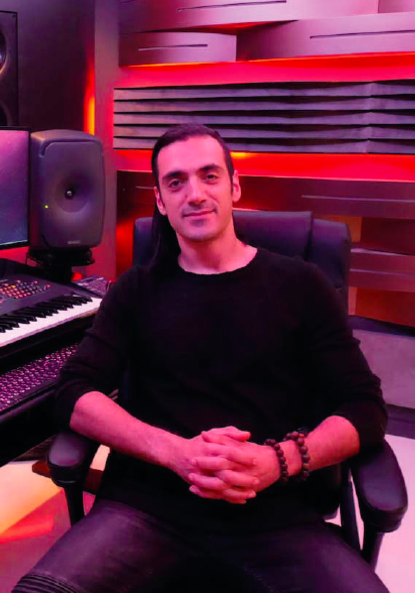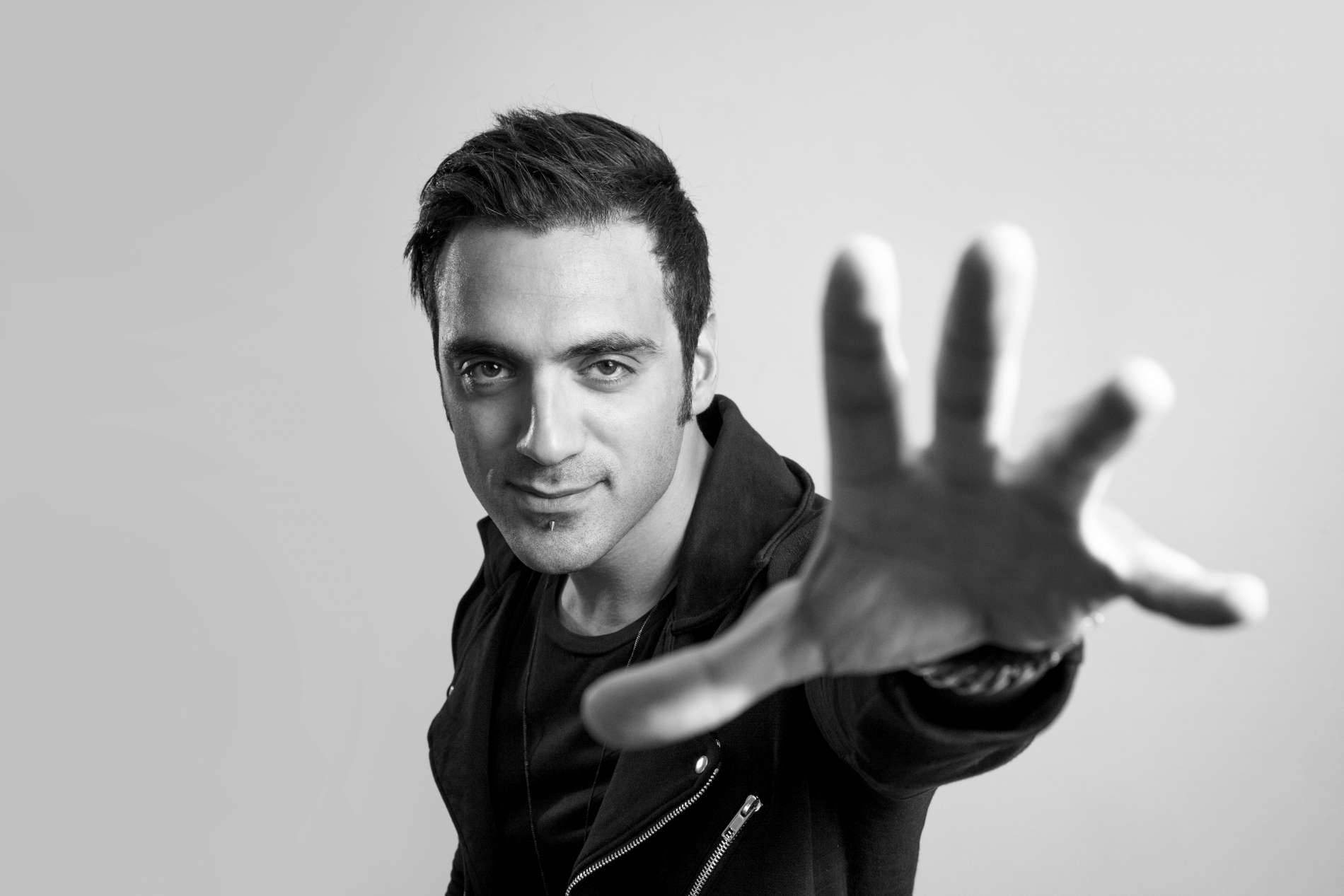In DJ circles, it’s a very small world, which is something Dutch-Turkish DJ and record producer Ummet Ozcan learnt as soon as he gained some notoriety. Based in tranquil Putten in The Netherlands, Ozcan speaks to Headliner from his futuristic Jan Morel-designed Genelec home studio, where he’s been making the most of the break in his usually hectic touring schedule.
“It is a small world - I never realized that before I had my success in my career,” he admits. “I was dreaming of meeting huge DJs and huge idols like Armin van Buuren, Paul van Dyk and Tiësto, but once you're there, you realise it's a really small world. Everybody knows each other!”
Ozcan first found success in 2000 with his first release, and was quickly signed to a record label, however it failed to catch on as expected. Ozcan spent the next seven years experimenting with his sound to figure out what kind of music he wanted to make, dipping his toes in the worlds of hip hop, dance and trance.
Something clicked into place in 2007 when he started making “tribal, techno-ish” music, finding success again and selling over 1,000 vinyls. “That was back in the time when that was pretty good!” he points out.
2010 saw Ozcan move into making more melodic trance music, releasing Time Wave Zero, which instantly caught the attention of Armin van Buuren, Paul van Dyk and Tiësto and secured him a slot at huge Dutch trance event, Trance Energy.
His career has gone from strength to strength ever since, first finding his footing in techno-influenced trance music, then shifting focus towards the electronic dance music movement. Ozcan acknowledges that this switch up can be hard for fans that have stuck by him since the beginning:
“When I was making trance, I got a lot of fans that were really into my music, and then I changed to EDM and electronic music, so those fans were like, ‘no, please don't change – go back to trance!’ And that happens like all the time, so from 2013 until 2017 it was more of an EDM sound, and now I'm changing it up a little bit again. What I always say is you don't want to drive the same car for many years. Music is a creative process and I want to mix up some different styles to my music. Music has to change and evolve in a creative way.”
Ozcan is currently enjoying the quiet of Putten away from the chaos of normal touring life:
“It’s crazy normally: you visit four or five cities in a week; it's hectic and chaotic when you’re away, then I come back home and it’s quiet. It's perfect to charge yourself up again. Most people only see the upsides. One day you’ll be in Shanghai, then Bangkok, then Myanmar.
You really have to look after yourself – I stopped drinking and I stopped smoking because I just couldn't handle it anymore! And this is all with one hour, or maybe no sleep. If you do this while you're partying and drinking, it's just not doable – you will collapse!”




